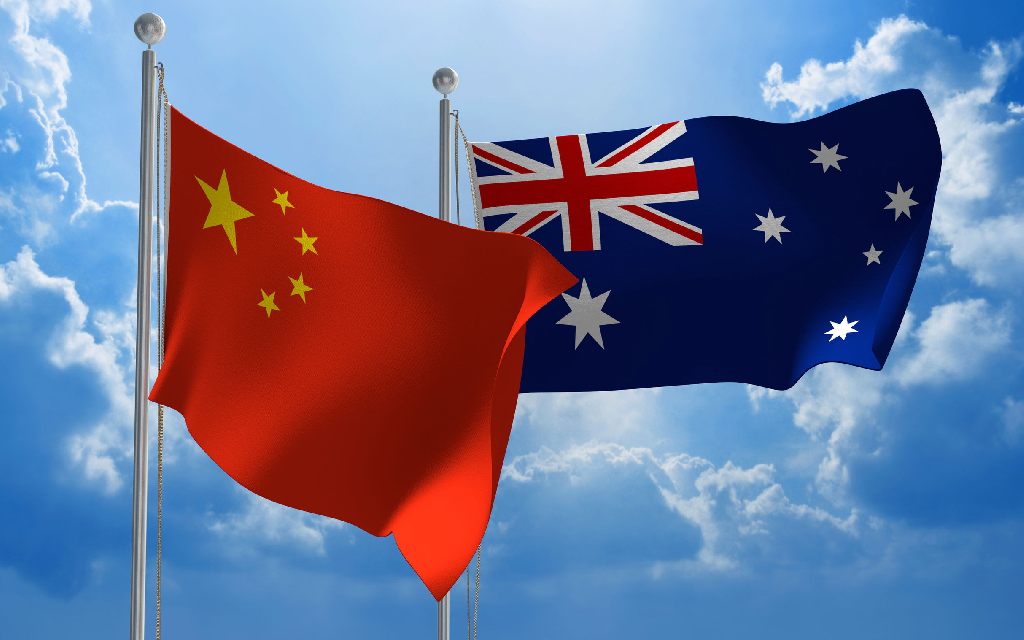Why is China so important?

If you live in Sydney, you probably view China as the villain responsible for scorching real estate prices, which is fine if you are a seller, but a pain if you are a potential buyer.
If you live in the bush, that vast expanse beyond all urban boundaries, you probably also see China as the giant panda in the real estate room, devouring millions of acres to form corporate conglomerates.
If you are an Australian, you probably buy, or have bought, something made in China on a regular basis, and may have even made something at work that is exported to China on a regular basis.
So wherever you are, and whatever you do, China probably has a large influence on your well-being, and that’s the position we propose to explore in this article, extracted from publicly available information.
China has been the largest single contributor to world growth since the global financial crisis of 2008. China has a population of 1.4 billion and growing, the largest in the world.
Since initiating market reforms in 1978, China has shifted from a centrally-planned to a more market-based economy and has experienced rapid economic and social development.
Its Gross Domestic Product (GDP) was US$12.24 trillion in 2017, the second largest in the world, and the largest in Asia. GDP growth has averaged nearly 10% a year - the fastest sustained expansion by a major economy in history - and more than 850 million people have lifted themselves out of poverty.
However, there are still an estimated 373 million people below the “upper middle income” international poverty line of $5.50 a day, hence an enormous potential future market.
Rapid economic ascendance has brought on many challenges, including high inequality between rural and urban areas, challenges to environmental sustainability, and external imbalances. China also faces demographic pressures related to an ageing population and the internal labor migration.
China is the world’s largest agricultural producer (by volume) and the world’s second largest agricultural importer (by value).
China’s expanding economy, rising disposable incomes and urbanization are driving strong demand for imported food and beverage products.
Given this situation, in our view, there are three things we need to keep an eye on in relation to China.
The first of these, relates to current trade initiatives such as the Regional Comprehensive Economic Partnership (RCEP) negotiations triggered by ASEAN in 2012 involving 10 ASEAN countries, including China, Japan, Korea, Australia, New Zealand and India.
RCEP covers 47.4% of the global population, 32.2% of the global GDP, 29.1% of the global trade and 32.5% of the global investment. It is currently the largest free trade agreement negotiation in Asia, and it is also the free trade zone negotiation with the largest number of members, the largest scale and the widest influence that China has participated in.
The second is also trade-related, the vision for regional development based on the ancient Silk Road, known as Belt and Road for short, which links 65 countries across Asia, the Middle East, Africa and Europe which collectively account for 63% of the world’s population.
It’s an ambitious plan with investment in major infrastructure on land and sea that will open trade opportunities, not just with China, but with all nations along the route.
As pointed out recently by Mark Allison, president of Agribusiness Australia, we are not on the established B&R route, but if we choose to engage, we will benefit from the project’s wider aspirations to promote greater long-term regional cooperation between China and its regional and global partners.
The final issue concerns the current controversy in Hong Kong. As one financial commentator said recently, “Beijing bringing Hong Kong to book with a strong-arm military solution would be a global geopolitical disaster.
“Hong Kong (little China) is a major financial hub in Asia so any real military operation would hurt commerce on the island, but even more critically to the growth of the global economy, it would rattle businesses that are critically important to making investment happen.
“The possible chain of events that could KO commerce globally is hard to work out, but it won’t be positive for a world economy that’s stumbling, such that most central banks are cutting interest rates.”
Couple this with Donald Trump’s ping pong trade sparring match with China, and you have one hell of a situation, bordering on volcanic volatility in political, financial, stock market and trade arenas.
To give you some idea of how costly that dispute has become, from 2000 to 2017, US agricultural exports to China increased by 700%. In 2014, US agricultural exports to China exceeded $24 billion.
From 2017 to 2018, the trade war zone, US agricultural exports to China fell more than 50%, dropping to $9.1 billion. Add the billions of dollars paid to US farmers and agribusiness in compensation payments, and that’s one big step in a backward direction.
So regardless of who you vote for or where your geopolitical allegiances lie, what China does and what happens in China, particularly in Hong Kong, has a lot to do with our daily bread and butter and our future. With all of this in mind, Australia’s PM treads a very thin line when attempting to manage foreign relations with both the US and Chinese leaders.
by Michael Guest in Latest News
Share this post
Posts this year
- October 2024 (1)
- September 2024 (1)
- August 2024 (1)
- November 2023 (1)
- June 2023 (1)
- February 2023 (2)
- November 2022 (1)
- October 2022 (1)
- July 2022 (2)
- June 2022 (1)
Archived Posts
- Posts in 2023
- Posts in 2022
- Posts in 2021
- Posts in 2020
- Posts in 2019
- Posts in 2018
- Posts in 2017
- Posts in 2016
